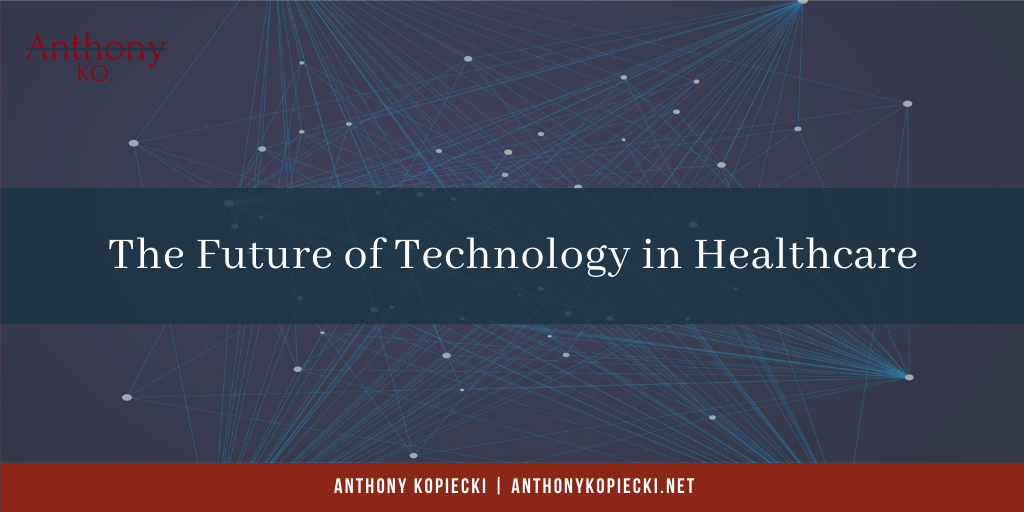Technology has a future everywhere, including healthcare. Fortunately, the general attitude towards technology in healthcare today and tomorrow looks very positive, as the future appears to be increasingly bright.
What is Happening?
According to about 85% of health executives, technology is now an inextricable part of the human experience. Even over the next three years, technology will become more prominent in everyday lives.
But what does technology in healthcare look like?
-
-
- artificial intelligence
- virtual reality and augmented reality
- healthcare trackers, sensors, and wearables
- medical tricorder – a rapidly improving vitals checker
- 3D printing
- drug development
- genome sequencing
- robotics
- nanotechnology
-
These developments are not a bad thing, so long as the integration of technology and healthcare is done right. Healthcare workers and technology must learn to work together to meet the needs of patients. There is truly nothing to fear about this collaboration, except for fear itself. With knowledge comes power, so it is essential to research how technology is shaping healthcare and the world.
Technology is an incredible tool for improving lives. It can pioneer breakthroughs in the fight against epidemics and cancer. It can make work and healthcare more efficient so that healthcare professionals can focus on the people who need it most.
The growing trend is evident, as explained by the Accenture Digital Health Technology Vision. The key to success is for healthcare to be grounded in collaboration to produce innovation. Below are a few key trends that have the most focus right now:
-
-
- I in Experience: Patients want ownership of the experience. This needs to occur so that customization and transparency take place.
- AI and Me: AI should be used as a powerful collaboration between humans and machines.
- The dilemma of smart things: Healthcare organizations must look through the lens of co-ownership regarding this technology.
- Robots in the wild: COVID-19 has sped up the process of tech innovation.
- Innovation DNA: Identifying their innovation DNA can help healthcare organizations innovate.
-
People must start collaborating when it comes to technology in healthcare. Changes and modifications cannot be made unless people start the conversation and brainstorm for solutions. Humans are in control when it comes to the future of technology in healthcare, not the technology itself.
